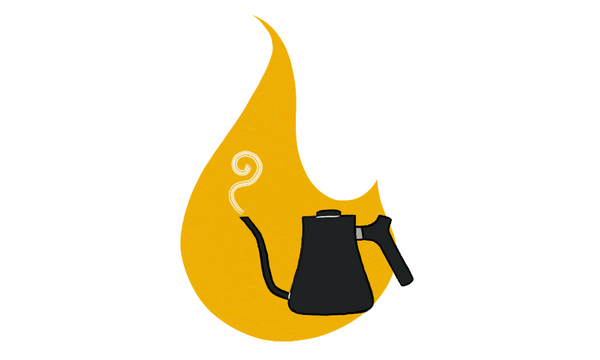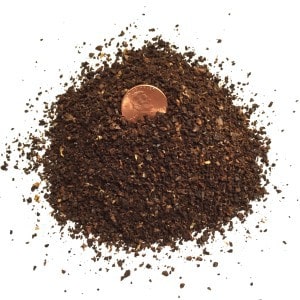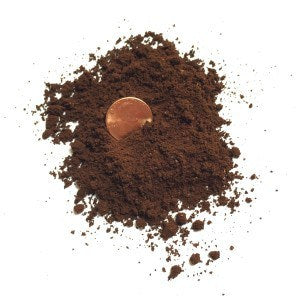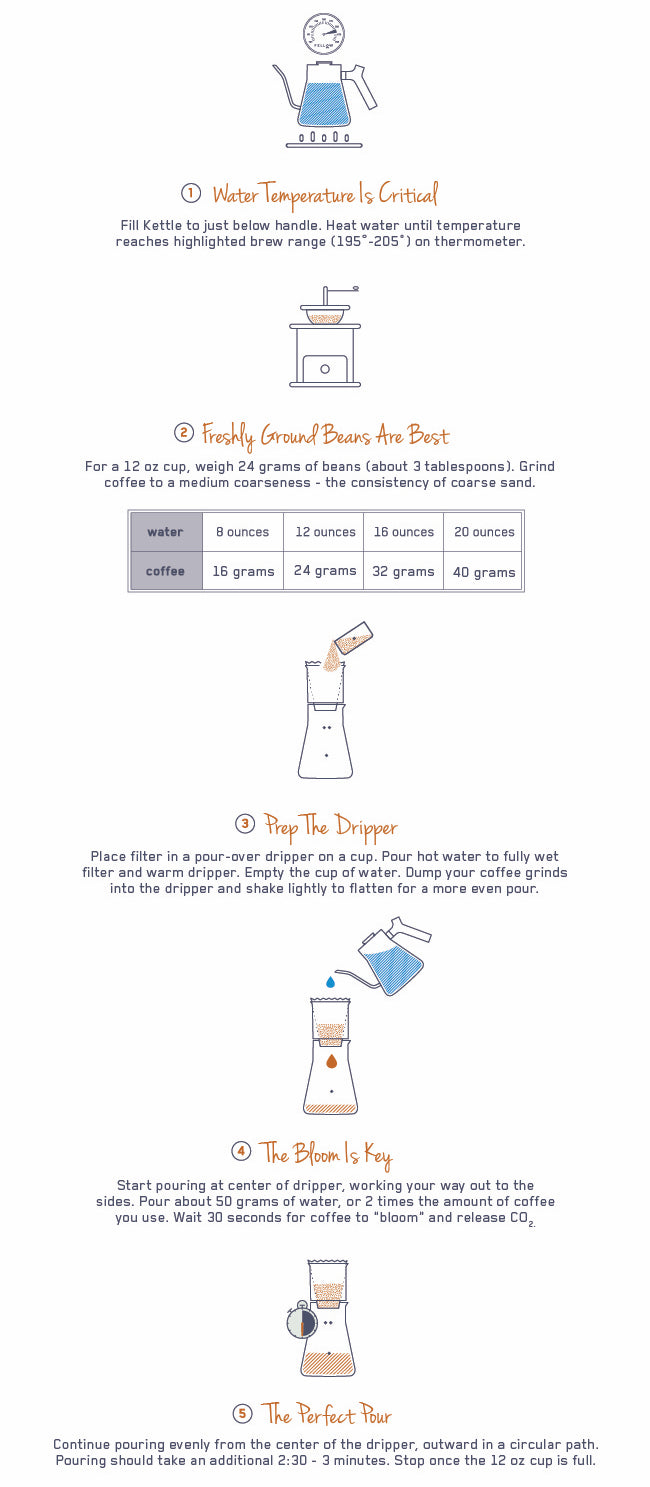
For some, the pour-over brew method is a solid staple in their everyday coffee routine. For others, it may be perceived as “fussy,” “too complicated,” or “too much of a time investment.” To the latter—hey, we get it. It’s not for everyone! But if you’ll humor us for a minute or two, we’d love to share a secret with you that may be particularly poignant now that most of us will be spending much more time brewing coffee at home…
Rather than just one more task or chore on top of your busy day, what if you were to reimagine that 2-3 minutes you spend carefully pouring hot water over your coffee grounds as a small daily gift to yourself?

We all make time for at least a few self-care daily rituals in our lives. We have skin care routines, morning stretches, and watering plants. Why not also the alchemical miracle of concocting that good brew that’s going to help fortify you for the rest of your day?
But for those of you who may still need a little convincing or encouragement, we invite you to check out some tips and steps to help dial in your pour-over set up at home.
Tips For Pour-Over At Home
The two big variables that dictate your brew time are time and grind size. We’re always balancing these two for optimal extraction (aka optimal flavor).
TIME

The more time water is in contact with coffee grinds, the more flavor it will extract (to an extent). Sounds simple enough, right? But when you add grind size to the equation, it gets a bit more complicated.
SURFACE AREA

The more surface area on each grind particle there is for water to contact, the more flavor we are able to extract. Coarser grinds take longer to extract because it takes time for the water to seep into the grind and pull out all components of the coffee. When the grind size is smaller, or finer, those components are more accessible and thus will extract faster into coffee.


To get a little nerdy for a moment; Extracting coffee is a chemical interaction where solutes (components of coffee) are dissolving into a solvent (water). If you remember from high school chemistry, some compounds take longer to dissolve than others. Coffee has more soluble and less soluble compounds packed into those grinds. Light, fruity flavors (fruit acids and organic salts) dissolve first. The nutty, caramel, and chocolatey flavors (due to sugar caramelization during roasting), as well as the wood, malt, and ash flavors you get from organic matter (cellulose), are harder to extract out of the grinds.
Grind size will help you reach those flavors by making those compounds more accessible. Time will also help, by giving water a chance to reach all of those compounds.
Of course, there’s a balance.

For pour-over, your grinds should fall somewhere in the medium range (medium-fine, medium, or medium-coarse). The reason we can’t use a smaller grind size without producing bitter coffee is because we are using gravity to push our water through. The finer the grind size, the faster the extraction needed due to the high amount of surface area. For fine grinds, you need a pump (like in an espresso machine) to push the water through fast enough for a proper extraction. Because pour-over is a gravity fed process, we need a coarser grind size which takes a longer amount of time to extract flavors due to less surface area.
Enter the slow pour!

A pour-over kettle like our Stagg or Stagg EKG is the perfect tool to create the brew slow enough to tango in this time/extraction dance. The gooseneck spout produces a precise pour, meanwhile, the weighted handle helps your balance so you can keep control throughout the process. “It might sound precious or tedious, but the control is enthralling. It’s like picking up a drafting pen after only writing with Magic Markers,” - The New York Times.
To recap: the slow pour is dictated by the time/surface area dance. We use medium grinds for pour-over because it is a slow, gravity fed process. We slow the gravity fed process down even further because we have less surface area and need more time to coax out harder to reach tasty flavors.
So now you know what the fuss is all about!

A Recipe For First Time Brewers
Got a few minutes tomorrow morning? Here is a recipe to try with a pour-over dripper and a kettle.

The pour-over method has lots of great sensory benefits. The coffee is generally much cleaner in feel and complex in flavor, and you have much more control over how it extracts (think like cooking on a stovetop as opposed to a microwave). But it also affords us a little—and probably much needed—moment of pause and mindfulness.
*Want a deeper dive into time/grind size? Check out our source and inspiration for this article from Barista Hustle.





























